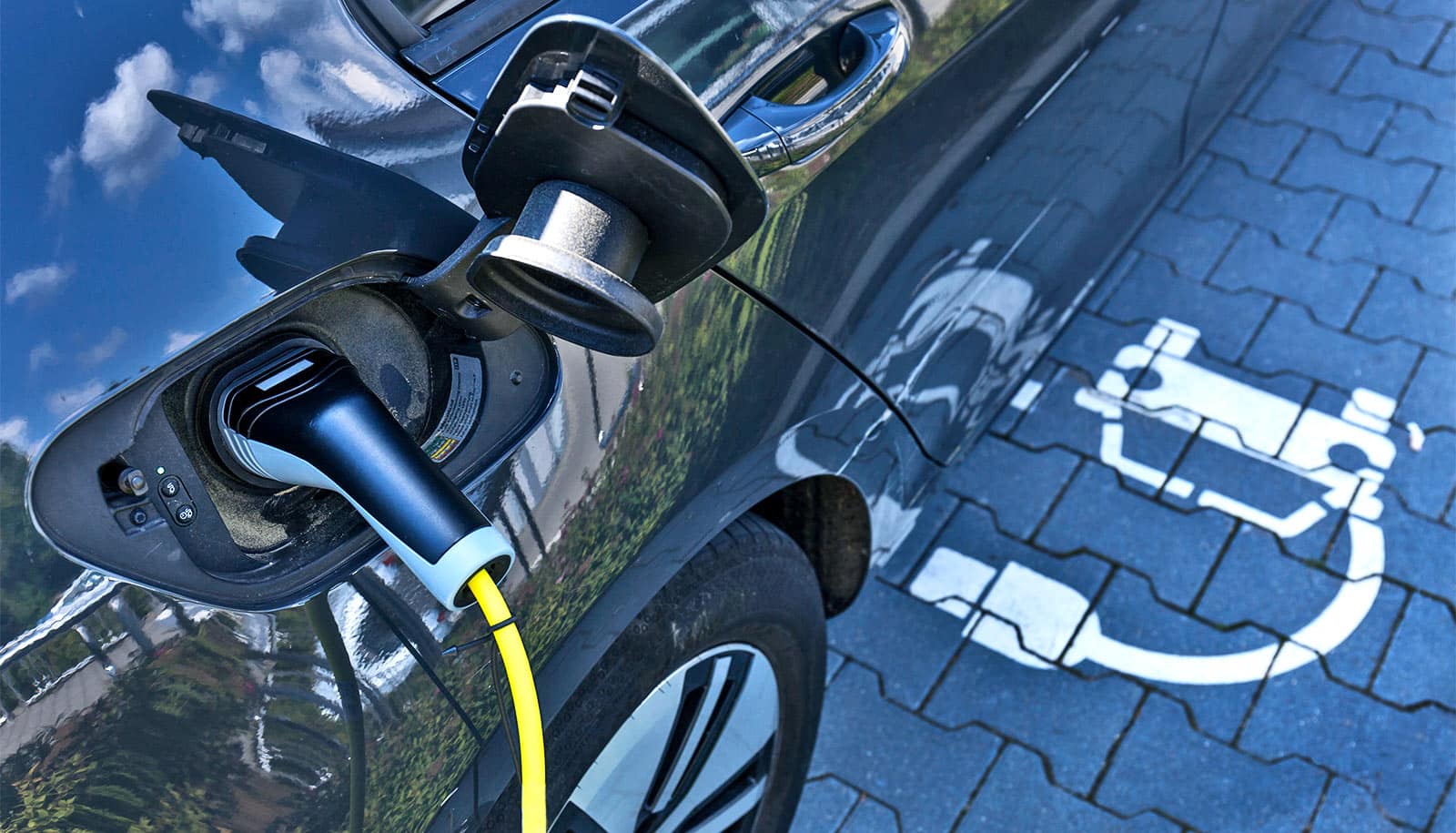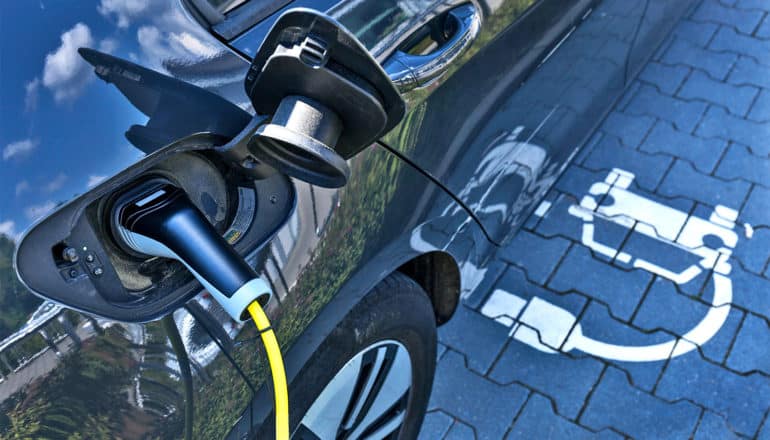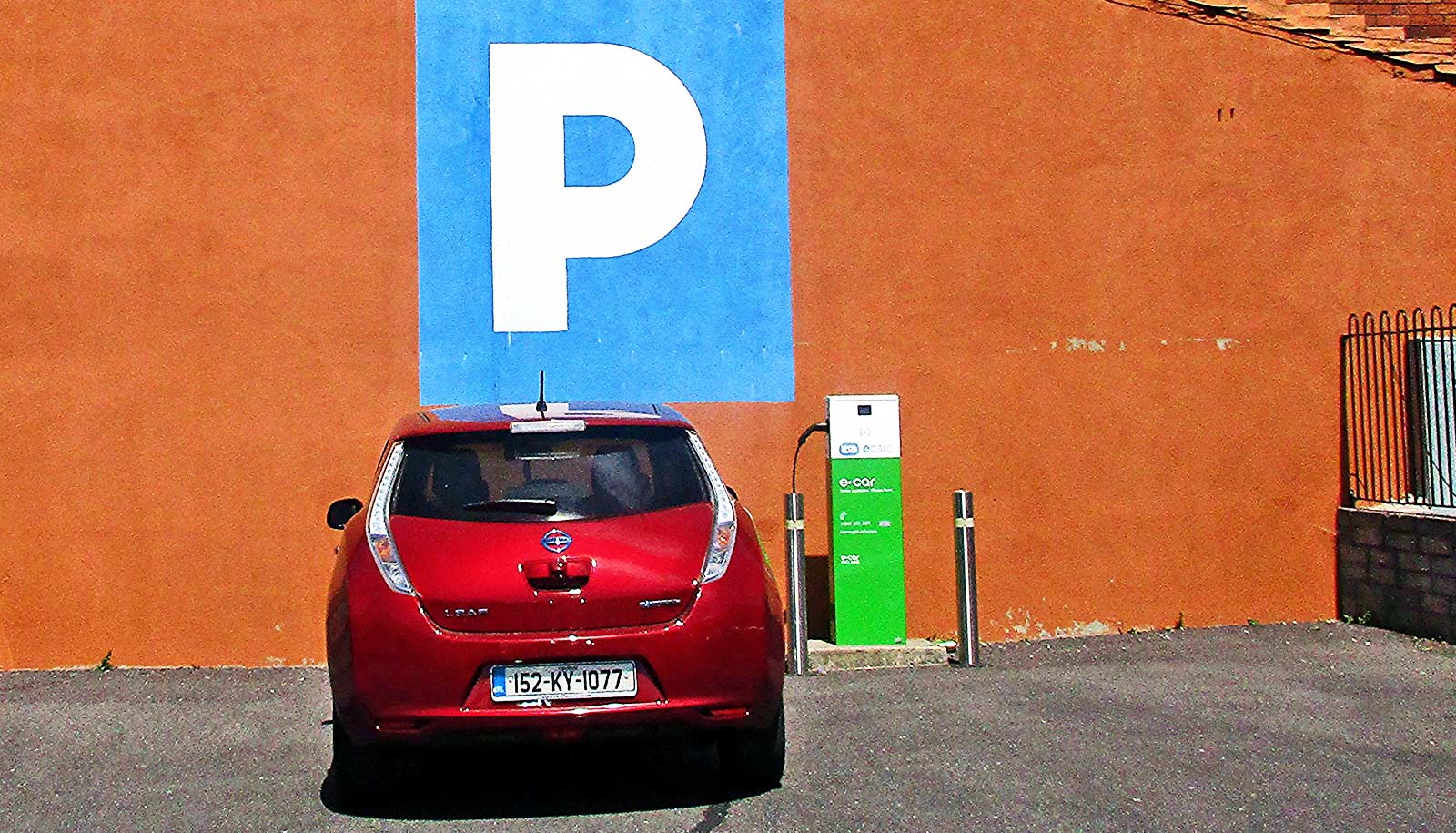
(Credit: Getty Images )
Coating makes lithium metal batteries last and last
A new coating could finally make lithium metal batteries safe and long-lasting, which may help usher in the next generation of electric vehicles.

A new coating may finally make lightweight lithium metal batteries safe and long-lasting, researchers report.
The new research could help usher in the next generation of electric vehicles.
Scientists have for decades relegated the battery to the laboratory because of its short life expectancy and occasional fiery demise while its rechargeable sibling, the lithium-ion battery, now rakes in more than $30 billion a year.
In laboratory tests, the coating significantly extended the battery’s life. It also dealt with the combustion issue by greatly limiting the tiny needlelike structures called dendrites that pierce the separator between the battery’s positive and negative sides.
In addition to ruining the battery, dendrites can create a short circuit within the battery’s flammable liquid. Lithium-ion batteries occasionally have the same problem, but dendrites have been a non-starter for lithium metal rechargeable batteries to date.
“We’re addressing the holy grail of lithium metal batteries,” says Zhenan Bao, a professor of chemical engineering at Stanford University, who is senior author of the paper in Joule, along with Yi Cui, professor of materials science and engineering and of photon science at SLAC National Accelerator Laboratory.
Bao adds that dendrites had prevented lithium metal batteries from being used in what may be the next generation of electric vehicles.
Lots of power
Lithium metal batteries can hold at least a third more power per pound as lithium-ion batteries do and are significantly lighter because they use lightweight lithium for the positively charged end rather than heavier graphite.
If they were more reliable, the batteries could benefit all sorts of portable electronics, including notebook computers and cell phones, but the real pay dirt, Cui says, would be for cars. The biggest drag on electric vehicles is that their batteries spend about a fourth of their energy carrying themselves around. That gets to the heart of EV range and cost.
“The capacity of conventional lithium-ion batteries has been developed almost as far as it can go,” says David Mackanic, a PhD student and co-lead author of the study. “So, it’s crucial to develop new kinds of batteries to fulfill the aggressive energy density requirements of modern electronic devices.”
The researchers tested their coating on the positively charged end—called the anode—of a standard lithium metal battery, which is where dendrites typically form. Ultimately, they combined their specially coated anodes with other commercially available components to create a fully operational battery.
After 160 cycles, their lithium metal cells still delivered 85% of the power that they did in their first cycle. Regular lithium metal cells deliver about 30% after that many cycles, rendering them nearly useless even if they don’t explode.
More stability
The new coating prevents dendrites from forming by creating a network of molecules that deliver charged lithium ions to the electrode uniformly. It prevents unwanted chemical reactions typical for these batteries and also reduces a chemical buildup on the anode, which quickly devastates the battery’s ability to deliver power.
“Our new coating design makes lithium metal batteries stable and promising for further development,” says co-lead author and PhD student Zhiao Yu. The group is now refining their coating design to increase capacity retention and testing cells over more cycles.
“While use in electric vehicles may be the ultimate goal,” Cui says, “commercialization would likely start with consumer electronics to demonstrate the battery’s safety first.”
The US Department of Energy Office of Energy Efficiency & Renewable Energy funded the work. The National Science Foundation funds the facility used at Stanford.
Source: Stanford University
The post Coating makes lithium metal batteries last and last appeared first on Futurity.
Share this article:
This article uses material from the Futurity article, and is licenced under a CC BY-SA 4.0 International License. Images, videos and audio are available under their respective licenses.
Related Articles:
Recycled Kevlar battery could boost electric car range by 5X
Jan. 18, 2022 • futurity10-minute charging for electric cars may be on the way
Nov. 6, 2019 • futurityLinks/images:
- https://www.futurity.org/nanotubes-batteries-1903852/
- https://www.futurity.org/ceramic-lithium-ion-batteries-1841362/
- https://doi.org/10.1016/j.joule.2019.07.025
- https://news.stanford.edu/2019/08/26/new-coating-brings-lithium-metal-battery-closer-reality/
- https://www.futurity.org/lithium-metal-batteries-coating-2145722-2/
- https://www.futurity.org


